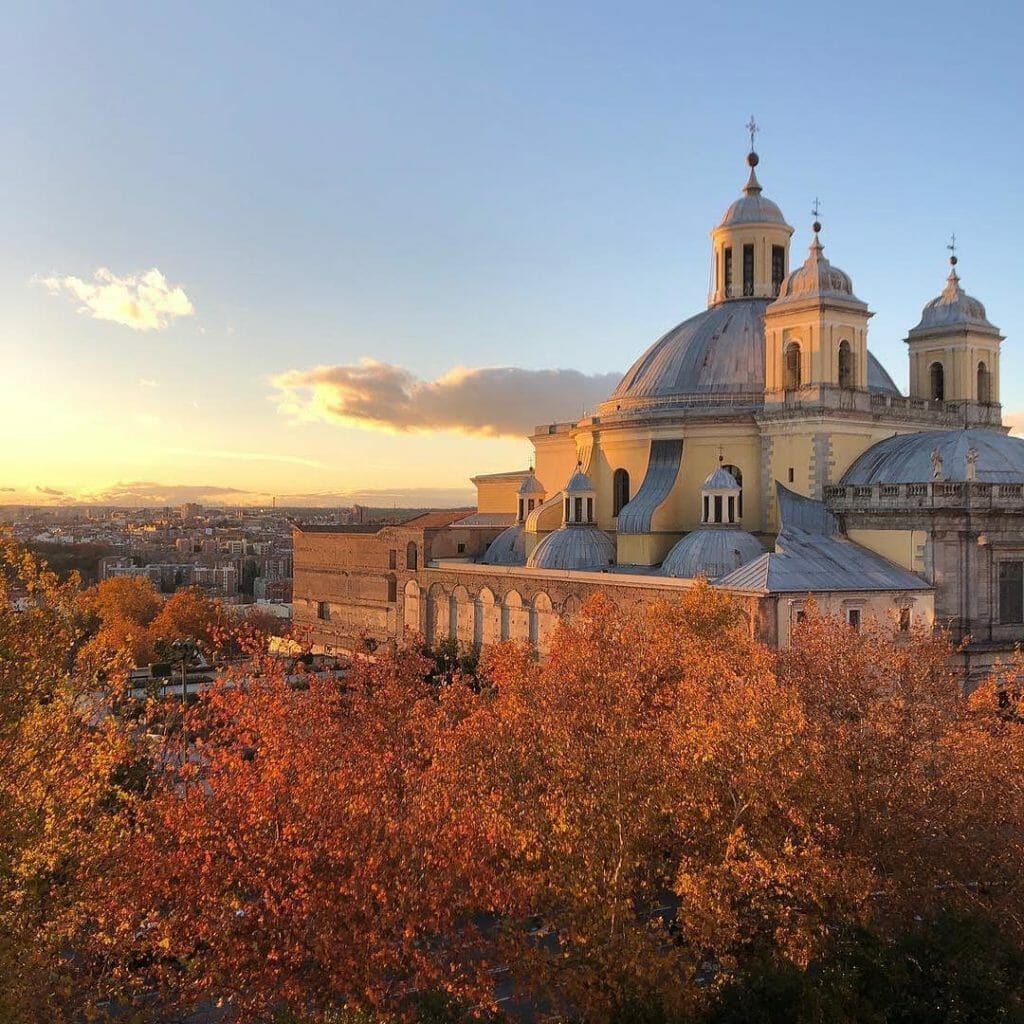At the end of week 2 for each new cohort, we pair them up with a member of the “older” cohort in training at the same time. So this week, each person in DS18 is paired up with someone from DS17. I randomly assigned them by having them pair up alphabetically in each group. That’s random, right?
This serves as a mini “taster” for what’s to come in Dashboard Week, and it serves two main purposes:
- It gives DS17 a chance to mentor and help someone from DS18 to learn about Alteryx and Tableau.
- It helps DS18 see how far along they will be in two months.
The idea is to work in their pairs to prep a dataset in either Alteryx or Tableau Prep, create a visualization, then present it as a pair at 1pm.

The data they will use comes from Madrid Open Data. The data set contains daily air quality readings from 2001-2019. Their task is to combine all of the years into a single data set. There’s help documentation on the website to help them interpret the data files. There are also a few people in the DS who speak spanish, so they’d be wise to ask them for help with they need it. There are also other data sets available to supplement the data with like the locations of the stations.
Analysis is more important than design for this project. Here are some questions to ponder (surely they can come up with their own as they explore the data):
- Do different gases correlate with other gases?
- Are there any changes in trends?
- Can the data be mapped? If so, what does that tell us?
- What impact does weather have? Do rainy days improve air quality in subsequent days?
- Are there relationships between any of the stations?
- Are some gases more common at different elevations?
That’s it! Simple. Join us at 1pm GMT for their presentations.
There might be more useful information here.
